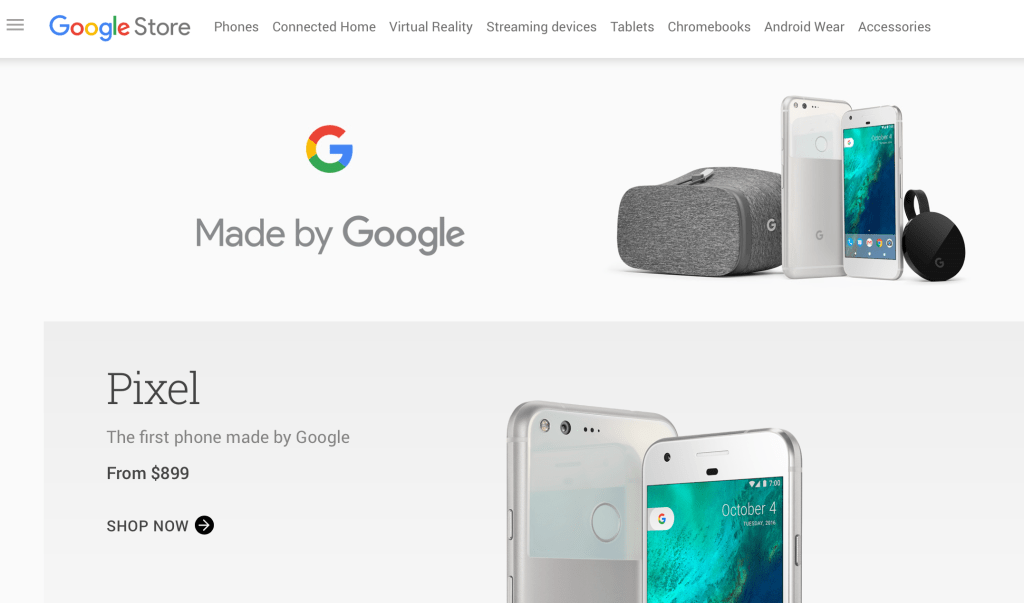Google unveiled a lot of new devices today, but at the core of nearly everything was a commitment to Assistant specifically, and to showing off what Google’s range of service offerings can do. I sat down with Google Canada’s Head of Public Affairs Aaron Brindle after the satellite keynote event here in Toronto to discuss what hardware means for Google now, and how its work in artificial intelligence and machine learning fits in with the device side of the equation.
“One of the most important messages of today is that Google is taking hardware very seriously,” Brindle said. “What we’ve seen with the Android ecosystem is that the pace of innovation there is amazing — there are now 1.4 billion daily users on Android. However, this is not about bringing the best of Android to our users — it’s about bringing the best of Google to our users. So that’s taking in all of the investments and research that we’re doing around AI and ML, and packaging it front to back in hardware.”
Brindle says that while there’s plenty of great work being done by Android OEM partners, Google still sees places where it can supplement the options available to consumers. He also suggested that Google is looking at more than just the hardware and software side of being a device company — they recognize the importance of the sales and marketing experience on that side of the business, too.
“The reality is that one size doesn’t fit all in the Android space, and we recognize that there is a big opportunity to create something from nuts to bolts,” he said. “Not only in the software and the hardware, but in the marketing, in the support, in the retail piece, and we felt there was something missing there.”
Whether that means we’ll see full brick-and-mortar retail remains to be seen, but already Google is rethinking its web-based device sales with new installment-plan payment options for devices it sells directly via the Google Store online for over $150 in the U.S.
As for how Assistant plays in, and where it gets its impressive smarts, Brindle says it’s core to the Pixel devices, and has been made possible thanks to very recent improvements in the capability of Google’s AI.
“You heard the Assistant come up throughout this piece, and it is central, it is the marquee piece in the new phone,” he explained. “That is based on advances in AI — I mean tremendous advances, not just in the past year since the last Nexus phone, I mean in the past several months. Advances in translation, and image recognition, for example.”
Brindle says that Google’s operation in Canada is actually a core part of these efforts, given the country’s research leadership in the field.
“All of that research comes from the work that we’re doing in AI, and some of the best researchers in AI are based here in Canada,” he said. “So [Google Distinguished Researcher] Geoffrey Hinton’s work on machine learning, particularly the integration of his work on neural nets and how that has shaped our AI advances, it’s all in there.”
Google’s approach is about more than just owning the phone experience end-to-end — it’s about crafting a comprehensive approach to delivering the next generation of its platform, which will be based around AI and ML and will look to devices like the Pixel and Pixel XL as perfectly suited delivery vehicles. It’s not quite a pivot, but this definitely signals a sea change in Google’s approach to its own identity and business.

No comments:
Post a Comment